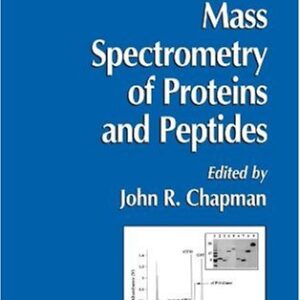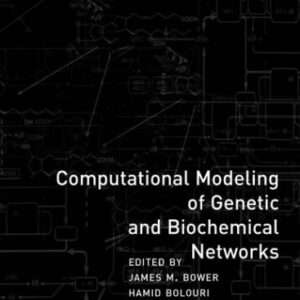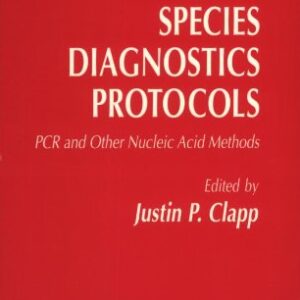Turbellarian platyhelminths (or, as they are known now among cladistic systematists, free-living Platyhelminthes) comprise a widely distributed assemblage of lower worms found in marine, freshwater, and even occasionally in terrestrial habitats. The phylum Platyhelminthes may be more widely known for its parasitic members since the major parasitic groups of the tapeworms, flukes, and their relatives are more speciose and have greater impact on everyday human life; but the turbellarians are more diverse and, as inhabitants of virtually any aquatic habitat, are more widespread as well. Many of the lower turbellarians are rather simple in morphology and have served as models for ancestors of the Bilateria, i.e., the bulk of the animal phyla. Others are quite complex organisms, especially in the morphology of their reproductive systems which are highly specialized. The majority are free-living in aquatic habitats but a number of interesting parasitic and commensal species are found scattered among the higher turbellarian taxa.
But turbellarians are more than just taxonomic curiosities. They have served as illustrative models in research on a variety of basic life processes. For example, their high capacity for regeneration has made them the subject of a large literature in developmental biology, the occurrence of mixoploidy and other karyological oddities among turbellarians has been important in understanding evolution of the genome, and the fine structure and biochemistry of the nervous system in turbellarians is revealing important principles of the organization of so-called primitive neural systems.
Biology
[PDF] Turbellarian Biology: Proceedings of the Sixth International Symposium on the Biology of the Turbellaria, held at Hirosaki, Japan, 7?12 August 1990 Irmeli Palmberg (auth.), Seth Tyler (eds.)
$19.99

![[PDF] Turbellarian Biology: Proceedings of the Sixth International Symposium on the Biology of the Turbellaria, held at Hirosaki, Japan, 7?12 August 1990 Irmeli Palmberg (auth.), Seth Tyler (eds.)](https://pdfelite.com/wp-content/uploads/2024/04/30c3dc2537056bccafbfc2c735e7740f-d.jpg)




Reviews
There are no reviews yet.